
How to Care for a Dwarf Hotot Rabbit. Despite black rings around the eyes and a diminutive size, making dwarf hotots appear exceptionally cute, they behave much the same as any other rabbit. The breed does have a reputation for relating well to people, but needs the same amount of overall space, time and medical care as other breeds. Dwarf hotot rabbits can make excellent family pets, although a child shouldn't have the sole responsibility for their care. If you're planning to acquire rabbits of any breed, remember that rabbits require much the same commitment as dogs in terms of time and money.
Prepare a sleeping area for the rabbits. A rabbit cage is suitable as is a small dog kennel. Each rabbit should have its own sleeping area. Hay makes comfortable bedding. To begin with, confine the rabbits to one, rabbit-proofed room with easily cleaned floors until house training is complete.
Prepare litter trays by lining basic cat litter trays, which are fine for rabbits this small, with newspaper. Provide at least one litter tray for each rabbit to avoid accidents. Fill a bowl with water and acquire a supply of rabbit pellets.
Feed the hotot dwarfs with unlimited hay, about 1/4-cup of rabbit pellets each per day and fresh fruit and vegetables.
Provide non-toxic wood chews or fruit tree twigs. Rabbits need to gnaw because their teeth grow continuously.
Arrange a veterinary appointment shortly after acquiring the rabbits. During the appointment, get any necessary vaccinations, arrange another appointment for spaying or neutering and ask the vet to show you how to trim the rabbits’ claws and check their teeth. Tooth problems are relatively common in dwarf rabbits.
Brush the rabbits once a week and trim their nails as necessary. Brush more frequently when they are shedding, often in the spring and fall. If dwarf hotots ingest too much loose fur, they can develop dangerous blockages.
Wash the food and water bowls and change the newspapers in the litter trays daily. Clean the sleeping area and replace the bedding once a week.
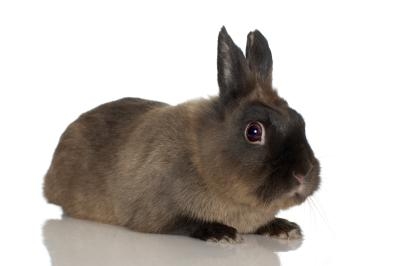 How to Train a Dwarf Rabbit
How to Train a Dwarf Rabbit
How to Tra
How to Train a Dwarf Rabbit
How to Train a Dwarf Rabbit
How to Tra
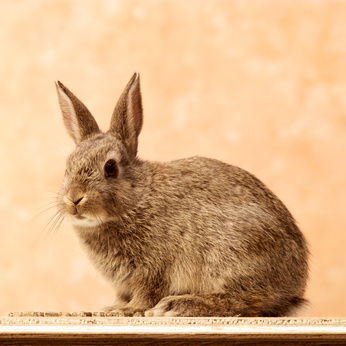 Games to Play with Your Rabbit
Games to Play with Your Rabbit
Games t
Games to Play with Your Rabbit
Games to Play with Your Rabbit
Games t
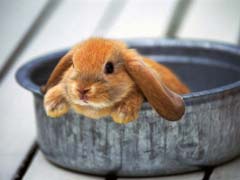 Pet Rabbit Skin Problems
If you
Pet Rabbit Skin Problems
If you
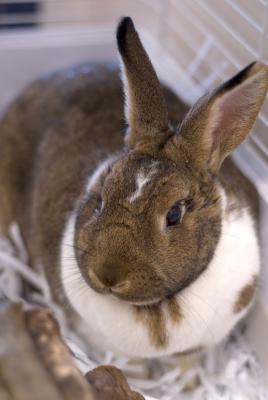 What to Put in a Rabbit Cage
What to Put in a Rabbit Cage
What to P
What to Put in a Rabbit Cage
What to Put in a Rabbit Cage
What to P
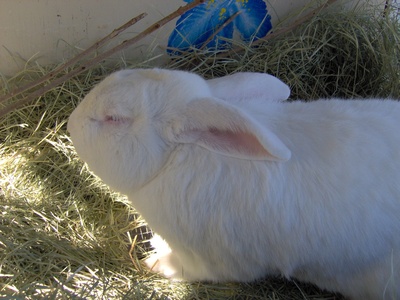 How to Calm a Thumping Rabbit
How to Calm a Thumping Rabbit
How to C
How to Calm a Thumping Rabbit
How to Calm a Thumping Rabbit
How to C
Copyright © 2005-2016 Pet Information All Rights Reserved
Contact us: www162date@outlook.com